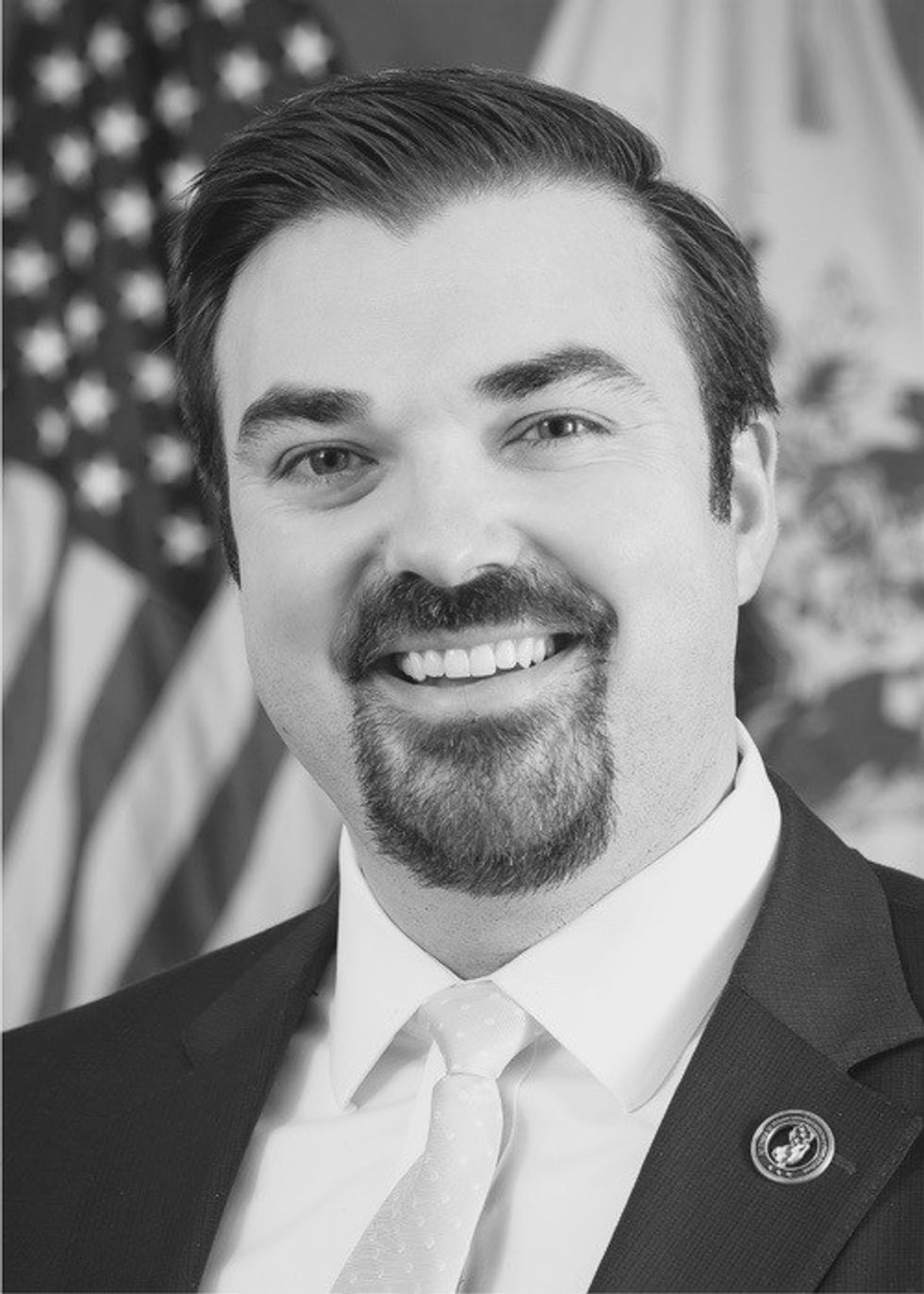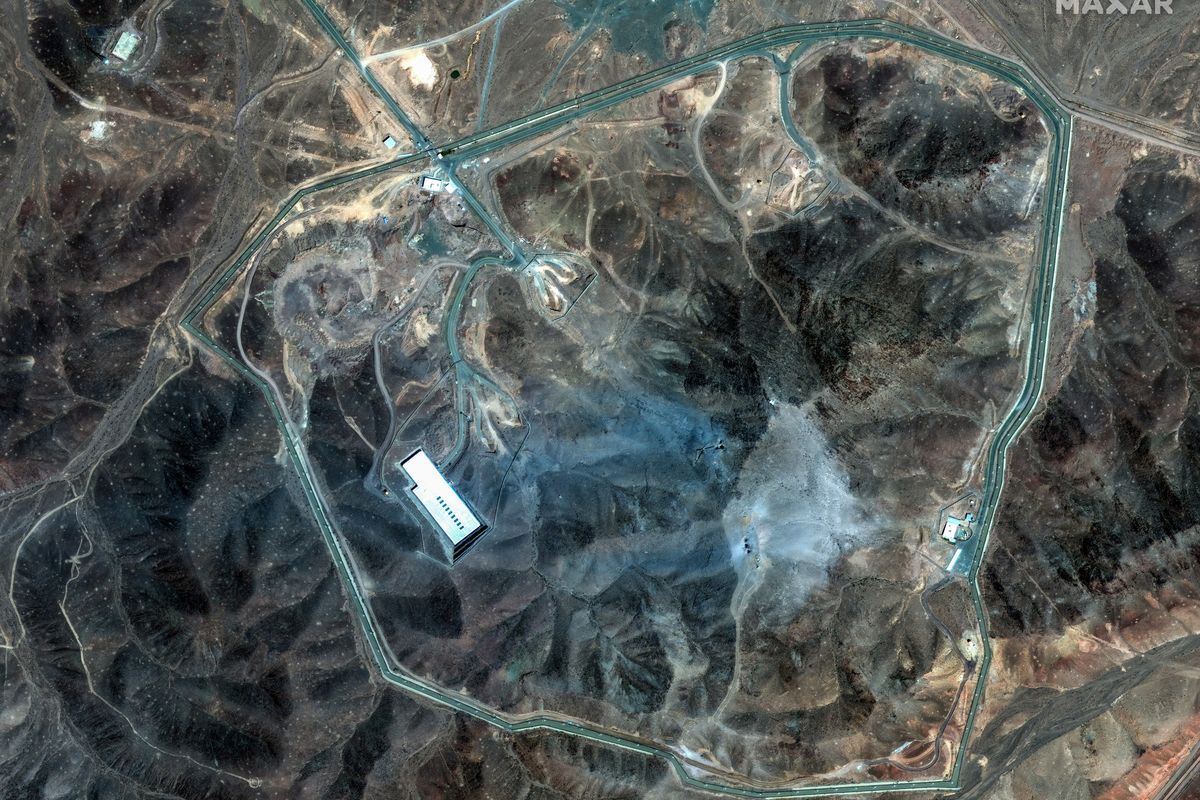As we head into 2019, the U.S. does so as a nation that has become accustomed to active shooters, evidenced by horrific tragedies that occurred in 2018. On Feb. 14, 2018, 17 people died at Parkland High School. On Nov 8, 2018, at a country music bar in Thousand Oaks, CA, Marine veteran Ian David Long killed 12 people, including a Sheriff’s deputy who had entered the bar to try to stop him, before killing himself as police closed in.
According to the FBI, there were 50 shootings that were designated as active shooter events in 2016 and 2017. 2017 was a record year, with 30 incidents reported. But despite these recent and high-profile events, a recent report on the Parkland shooting published by the Sun Sentinel points to systemic failures of leadership and preparation.
The U.S. Government defines an active shooter as “an individual actively engaged in killing or attempting to kill people in a confined and populated area.”
Violence from gun deaths in the U.S. has strained our national psyche, causing sharp divides between those who call for more gun control as a way to curb the violence, and those who say more armed citizens is the answer.
The U.S. Government has made new resources available to first responders, security personnel and private citizens with the hope of raising awareness and preparation across the whole of society.
Background:
- The Department of Homeland Security maintains an Active Shooter Preparedness section on their website, with numerous resources available.
- Ready.gov hosts a section for active shooter preparedness that includes the “See Something, Say Something” and “Run, Hide, Fight” reminders, and it also shares information on how to interact with law enforcement both during and after an incident.
- In June of 2018, the FBI released A Study of the Pre-Attack Behaviors Of Active Shooters in the United States Between 2000 and 2013, in which the Bureau says that while there is often no single demographic that is a reliable indicator of an active shooter, there are, in many cases, common warning signs, indicators of stress and other things that if observed and reported, can provide some hope for a society that is wrestling with how to deal with and contain this type of extreme violence.
- Another report by the FBI, A Study of Active Shooter Incidents in the United States in 2016 and 2017, identified 160 active shooter incidents and found that nearly half of them occurred in a commercial environment, which means that businesses and private sector leaders are not immune and must take the necessary precautions to ensure their organizations are prepared.
Private sector executives are faced with preparedness responsibilities that include company training, coordinating with law enforcement and managing communications and response during and after potential incidents.
The Cipher Brief spoke with three experts in the field to get a better sense of where the basic preparedness expectation is in 2019, and whether active shooters are driven by terrorism or personal reasons.
The Cipher Brief: What can you share about what the government is learning about the “triggers” for the types of hate crimes/terrorism we saw in 2018?
Jared Maples, Director, New Jersey Office of Homeland Security and Preparedness: There is no predictable timeframe from when extremists radicalize to when they act out violently. This underscores the need for public education campaigns to assist in identifying behavioral changes indicative of radicalization. Family members, peers, and close contacts may be the first to notice radical shifts in behavior and attitude, as well as unusual Internet activity.
A review of New Jersey’s recent terrorist incidents shows that in general, offenders typically conduct a majority of the eight signs of terrorism, which are conducting surveillance, gathering information, testing security, funding, acquiring supplies, involving people who do not belong, conducting dry runs or rehearsals, and deployment.
Jared Maples, Director, New Jersey Office of Homeland Security and Preparedness
That starts with understanding vulnerabilities, threats, and essential functions, as well as educating employees on response procedures through plans and training. NJOHSP shares information on private-sector preparedness through its Infrastructure Advisory Committee, numerous working groups, and trainings and exercises held Statewide.
The Cipher Brief: What’s your message for private sector leaders who are unsure if they have adequately prepared their organizations against domestic terrorism threats?
Maples: Experience has taught us that communities within New Jersey are safer when leaders are abreast of the current threat landscape and stay up to date on the latest intelligence information provided by our Office. We encourage private-sector leaders to adequately prepare their organizations against domestic terrorist threats by actively educating their employees about indicators of terrorist activity.
That starts with understanding vulnerabilities, threats, and essential functions, as well as educating employees on response procedures through plans and training. NJOHSP shares information on private-sector preparedness through its Infrastructure Advisory Committee, numerous working groups, and trainings and exercises held Statewide.
Jared Maples, Director, New Jersey Office of Homeland Security and Preparedness
"Of particular importance the training that we provide the public to prepare for active shooter situations. NJOHSP also offers free physical security assessments to organizations, which help identify gaps and make recommendations to harden critical infrastructure sites."
Keith Walawender, CEO, Tomahawk Security Solutions, Retired U.S. Navy SEAL
"If you are unsure about your organization’s preparedness, we encourage you to test your plans. While starting with a thoughtful security policy review is essential, full-scale exercises will ultimately give you the best snapshot of your overall security posture. Separately, examining and testing each facet of your security will also help."
Walawender: For example, if you have a camera system, continually test your camera operators on following a simulated suspicious person—or other plausible suspicious activity—that is on your campus or in your building. Technology can certainly enhance your organization's security, but training often wins the day.
Charles Randolph, Senior Security Director & Founder, International Protective Security Board
"If you are unsure, you are not ready. Keep practices simple and set goals to practice and discuss them. Don’t be afraid or shy away from the hard conversations, ever."
The Cipher Brief: How should a CEO be thinking about communicating with law enforcement, before events occur?
Walawender: Communication during events is vital and often the first thing to fail. Your security team should have regular interface with local law enforcement (LE) on the municipal and federal level if appropriate. This collaboration can be difficult depending on how busy your local LE agency is, but that shouldn’t deter this from occurring.
Keith Walawender, CEO, Tomahawk Security Solutions, Retired U.S. Navy SEAL
"Bottom line, each organization has unique challenges based on the location and sector associated with their local police department's response. Your team needs to be flexible to the department's needs as they have a multitude of issues to prepare for and respond to on a daily basis."
Walawender: One organization we worked with kept being turned down by their local police department due to their busy schedule. Unfazed, they turned to us to conduct a full-scale active threat drill. The local police department signed off on this drill once they realized the full scope and benefit of what it is we were working to accomplish. This collaboration is for the benefit of the police department as well and will undoubtedly help them streamline their response if an incident occurs at a site for which they are familiar. This organization now has bi-monthly meetings with their local police department, and a strong relationship has been established—these relationships go a long way.
Charles Randolph, Senior Security Director & Founder, International Protective Security Board
"It is important for any organization that has people and places to protect to maintain good relations with the first responder community. Any active threat which may occur in or around a business should not be the first time responders are visiting. How this is done probably varies with the size of an organization."
Randolph: Some may have the benefits of an actual security or facilities group, but others may be operating so lean that they require employees and owners to wear multiple hats. The important point is this: understand and partner with your public responders. Corporations should set up site visits with their local responders in advance to walk through their emergency procedures.
The Cipher Brief: To an individual who hasn’t prepared, trained or thought about this, what are the critical mental and physical actions they need to be ready for if they find themselves in the middle of a domestic attack?
Walawender: There are simple steps to help you prepare. Not thinking about a crisis event until it happens isn’t one of them. Doing some preparation when you enter an area is very helpful. Just be present when you enter a new space. Pick out the exits and entrances and make a mental checklist of where they are.
Keith Walawender, CEO, Tomahawk Security Solutions, Retired U.S. Navy SEAL
"It isn’t about being paranoid, but simply more situationally aware of your surroundings. What is absolutely crucial, and probably the main point here, is to recognize that something is happening. In one of the recent events, some victims first thought that gunshots were a stainless-steel coat rack falling to the floor. People are often slow to react because the brain has a tough time cataloging something, like trauma, that it has not previously experienced. Realizing and quickly accepting that something is wrong will give you the best chances of being able to react and provide yourself with better options."
Randolph: Keep perspective. My father once told me never to worry, because when you worry, you lose the ability to think, plan, and act. Being concerned, he said, means you are keeping your head about you and can react should something happen.
Charles Randolph, Senior Security Director & Founder, International Protective Security Board
"Make being prepared part of your everyday conversation. It doesn’t have to be an over the top discussion, just a simple, “what if..” that you have with yourself or your family to help understand and make plans before the incident happens."
The Cipher Brief: What more could be done to improve the “See Something, Say Something” awareness campaign across the U.S.?
Maples: The “See Something, Say Something” slogan has been around since 2002, and some people have become so de-sensitized that they are not as alert to the message as they used to be. Steps can be taken to improve the impact of the campaign, including measures that have been implemented by NJOHSP. Our Office has taken a more localized approach with our seasonal posters that showcase specific events, locations, and infrastructure in New Jersey.
Jared Maples, Director, New Jersey Office of Homeland Security and Preparedness
"Citizens will feel more inclined to look out for their home State when they recognize familiar sites by reporting suspicious activity to local law enforcement and our Counterterrorism Watch desk. NJOHSP has also improved how it shares information provided in suspicious activity reports with local, county, state, and federal partners. Immediate notification of these reports to NJOHSP, county prosecutors’ offices, the New Jersey State Police, and the FBI ensures near real-time information sharing and collaboration."
Maples: The “See Something, Say Something” campaign can also benefit from being more ubiquitous and interactive. Going beyond posters and billboards and utilizing displays such as videos and the U.S. Department of Homeland Security’s “Do you pay attention to your surroundings?” challenge can grab the public’s attention and encourage increased engagement. Evolving the message to current threats, like those toward schools and religious facilities, can keep the issues fresh in people’s minds, and allowing partners to be involved in creating the message can help engage local communities. Additionally, connecting tip lines from the public and private sector with those of the State’s homeland security and/or fusions centers provides more seamless integration.
Reporting by The Cipher Brief's Brad Christian.
See also:
A Study of Pre-Attack Behaviors of Active Shooters in the United States Between 2000 and 2013
Active Shooter Incidents in the United States in 2016 and 2017
















